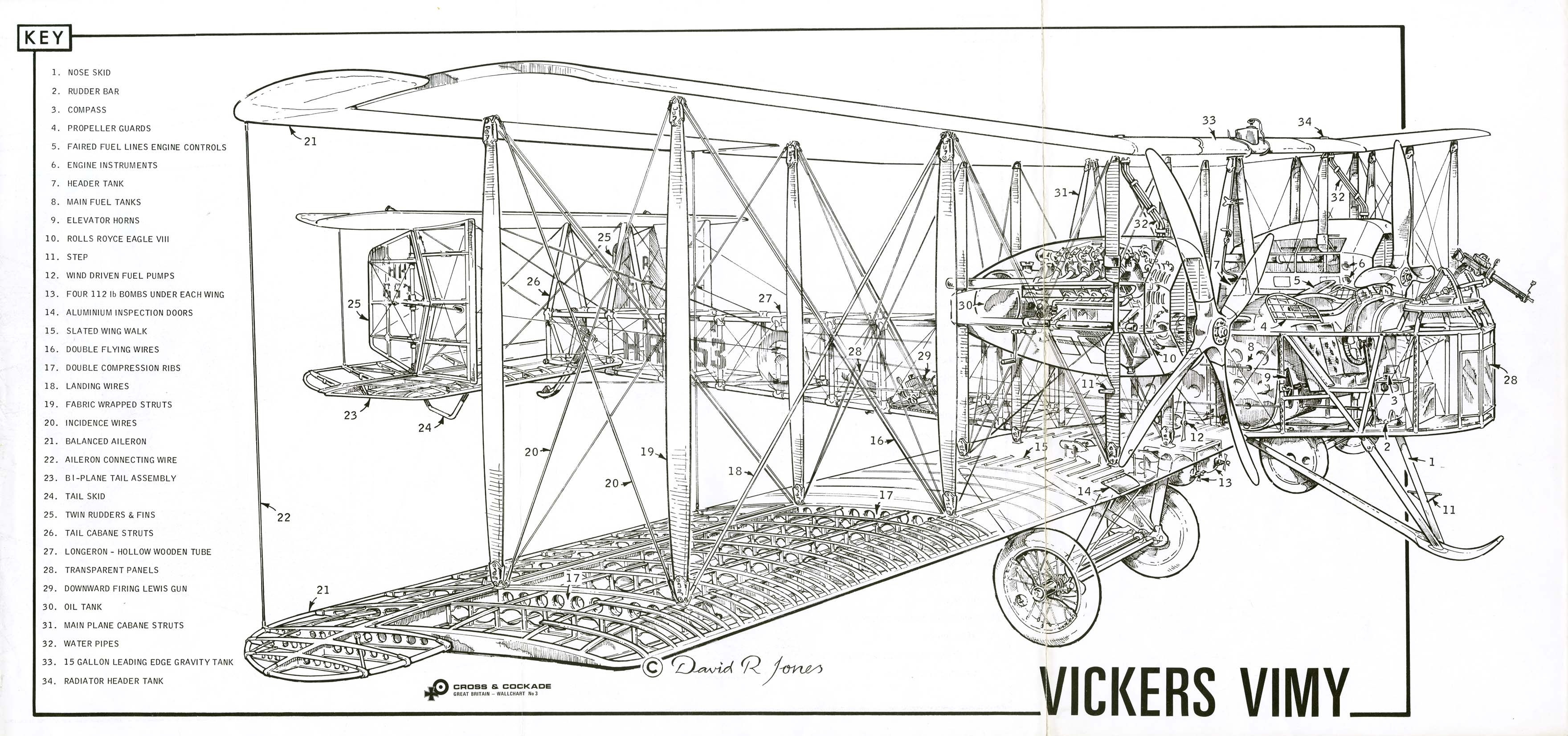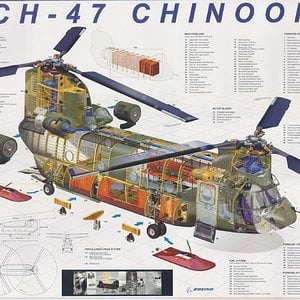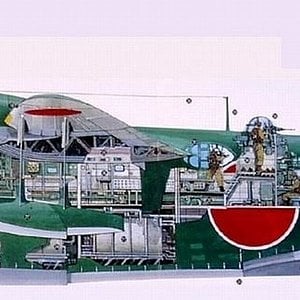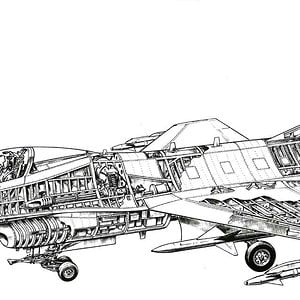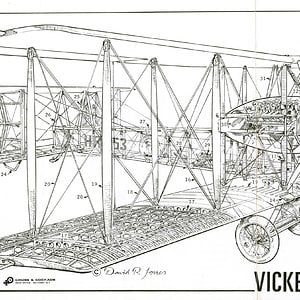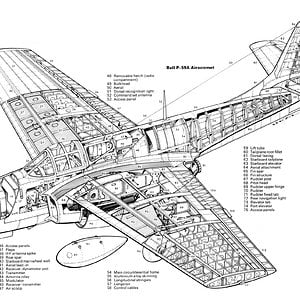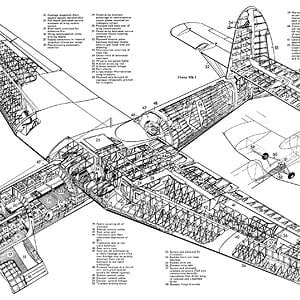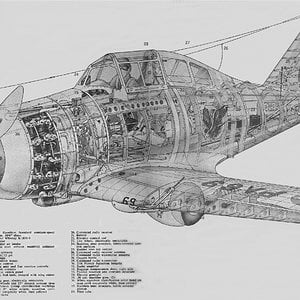Navigation
Install the app
How to install the app on iOS
Follow along with the video below to see how to install our site as a web app on your home screen.
Note: This feature may not be available in some browsers.
More options
You are using an out of date browser. It may not display this or other websites correctly.
You should upgrade or use an alternative browser.
You should upgrade or use an alternative browser.
Cutaway Vickers Vimy , the English heavy bomber of World War I, who became famous for being the first aircraft to achieve a crossing of the North Atlantic nonstop in June 1919, (in a modified model to perform this company) feat carried out by British pilots John Alcock Captain and Lieutenant Arthur Whitten Brown, better known as Alcock and Brown, unfortunately this aircraft crashed during a landing in soft earth caused it to break, the start was powered by two Hispano Suiza engines 200 horses but also flew with many engines being the definitive Rolls Royce Eagle VIII of 360 hp, was armed with a Lewis gun of 7.7 mm and a bomb load of 1, 123 kg, his career continued after the end of the war and many were turned into fighters records (distance) and other passenger aircraft converted and mail its valuable services on European routes, had a long-lived race that flew until 1938, more than twenty years after its first flight in recent years as the decade of the nineties was a replica of Vimy to mark the flight of Alcock and David R. Brownautor Jones and taken from the all
Specifications (Vimy)
Data from[citation needed]
General characteristics
Length: 43 ft 7 in (13.28 m)
Wingspan: 68 ft 1 in (20.75 m)
Height: 15 ft 8 in (4.77 m)
Wing area: 1,330 sq ft (123.56 m²)
Empty weight: 7,104 lb (3,222 kg)
Max. takeoff weight: 10,884 lb (4,937 kg)
Powerplant: 2 × Rolls-Royce Eagle VIII piston engines, 360 hp (268 kW) each
Performance
Maximum speed: 100 mph (161 km/h)
Range: 900 mi (1,448 km)
Service ceiling: 7,000 ft (2,134 m)
Power/mass: 0.07 hp/lb (0.11 kW/kg)
Armament
Guns: 1 × .303 in (7.7 mm) Lewis Gun in Scarff ring in nose and 1 × in Scarff ring in mid-fuselage
Bombs: 2,476 lb (1,123 kg) of bombs
Specifications (Vimy)
Data from[citation needed]
General characteristics
Length: 43 ft 7 in (13.28 m)
Wingspan: 68 ft 1 in (20.75 m)
Height: 15 ft 8 in (4.77 m)
Wing area: 1,330 sq ft (123.56 m²)
Empty weight: 7,104 lb (3,222 kg)
Max. takeoff weight: 10,884 lb (4,937 kg)
Powerplant: 2 × Rolls-Royce Eagle VIII piston engines, 360 hp (268 kW) each
Performance
Maximum speed: 100 mph (161 km/h)
Range: 900 mi (1,448 km)
Service ceiling: 7,000 ft (2,134 m)
Power/mass: 0.07 hp/lb (0.11 kW/kg)
Armament
Guns: 1 × .303 in (7.7 mm) Lewis Gun in Scarff ring in nose and 1 × in Scarff ring in mid-fuselage
Bombs: 2,476 lb (1,123 kg) of bombs

